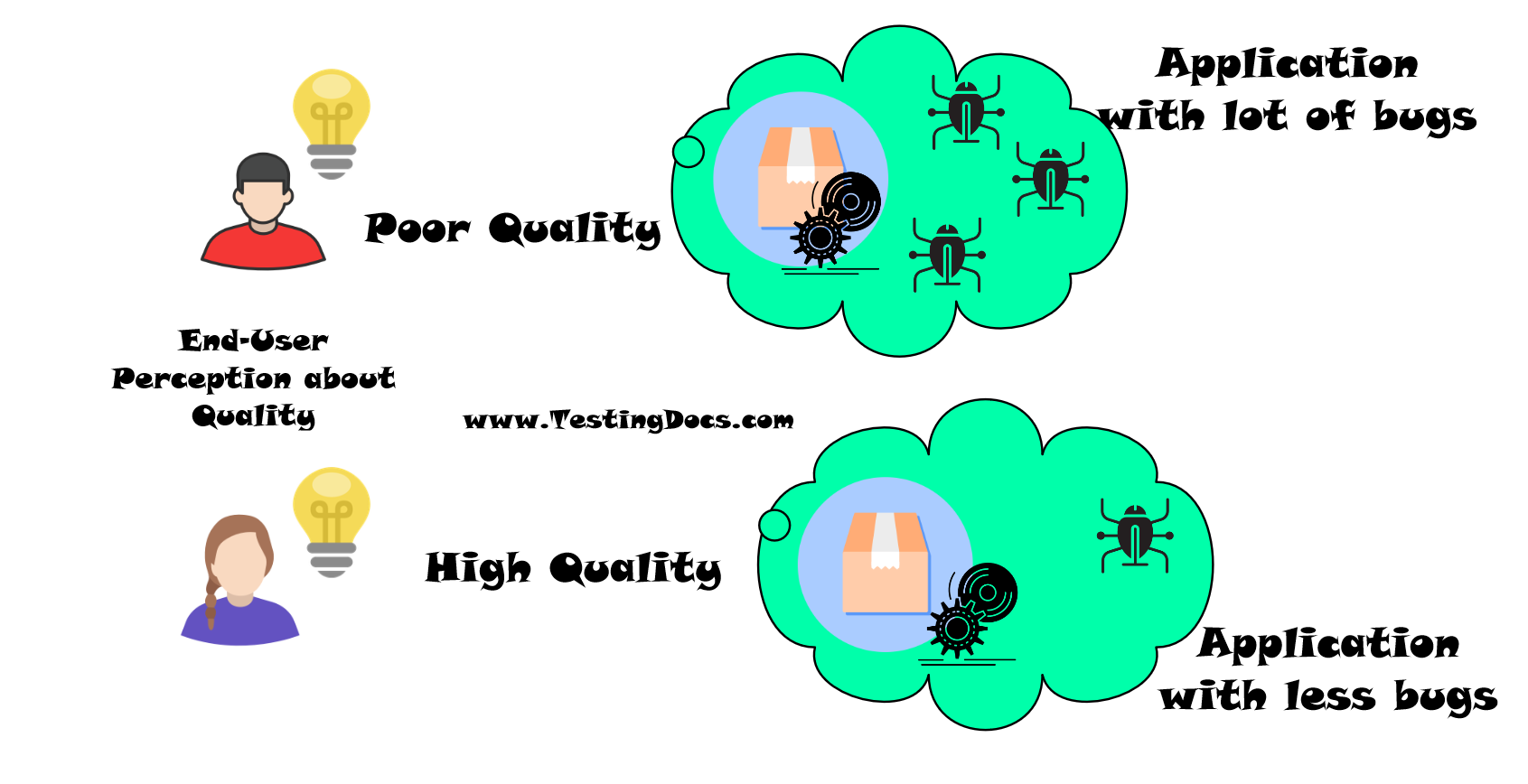What is Software Quality?
What is Software Quality?
Software quality is conformance to its explicit and implicit requirements.It is the degree to which the software product, process or system meets the specified requirements and customer needs.
Quality Attributes
Software quality is assessed based on various attributes that define its performance, usability, and maintainability. Some key quality attributes include:
- Reliability: The ability of software to perform consistently under specified conditions.
- Usability: Ease of use and user-friendliness of the software.
- Performance: Speed and efficiency of the software in executing tasks.
- Maintainability: Ease of modifying and updating the software.
- Security: Protection against unauthorized access and vulnerabilities.
- Compatibility: Ability to function across different environments and platforms.
- Scalability: Capacity to handle increasing loads and expand as needed.
Quality attributes and requirements are relative and vary from person to person. Software testing ensures that the application under test conforms to all its business, technical design, functional, security, usability, and performance requirements.
Internal Quality vs External Quality
Software quality is categorized into two main types:
- Internal Quality: refers to the quality of code, architecture, and design from a developer’s perspective. It includes code readability, modularity, and adherence to best coding practices.
- External Quality: concerns the end-user experience and how well the software meets functional and non-functional requirements. It is evaluated based on usability, reliability, and performance.

Quality Assurance
QA is a process-oriented activity that ensures the implementation of processes, procedures, and standards in an organization. QA’s main focus is on processes and procedures. An audit is an example of a QA activity.
Quality Control
QC is a product-oriented activity that verifies applications with respect to documented requirements. Its main focus is on the product, and testing is an example of a QC activity.
Differences between QA and QC
Quality Management System
A Quality Management System (QMS) is a set of processes and policies that ensure software development and testing adhere to defined quality standards. QMS helps in continuous improvement and defect prevention through structured methodologies such as:
- Defining quality objectives and standards
- Establishing testing and review processes
- Monitoring software development activities
- Ensuring compliance with industry regulations
Quality Models
Quality models provide frameworks for evaluating and improving software quality. These models define various criteria and best practices for ensuring high-quality software development.
Common Quality Models
- ISO (International Organization for Standardization): Provides global standards for software quality and process improvements.
- CMM (Capability Maturity Model): A framework for assessing and enhancing software development processes.
- Six Sigma: A data-driven approach to reducing defects and improving software quality.
- IEEE Quality Model: Defines software quality based on key attributes such as maintainability and reliability.
- McCall’s Quality Model: Focuses on product quality from a user’s perspective, including correctness and efficiency.
Software quality refers to how well a software product meets the specified requirements, customer expectations, and industry standards. It ensures that the software is reliable, efficient, secure, and user-friendly. High-quality software minimizes defects, enhances user satisfaction, and improves overall business success.
